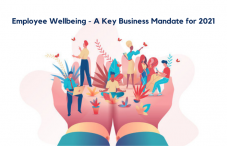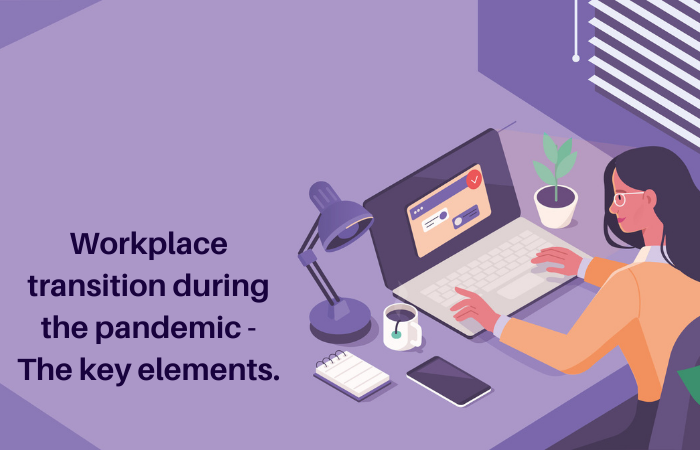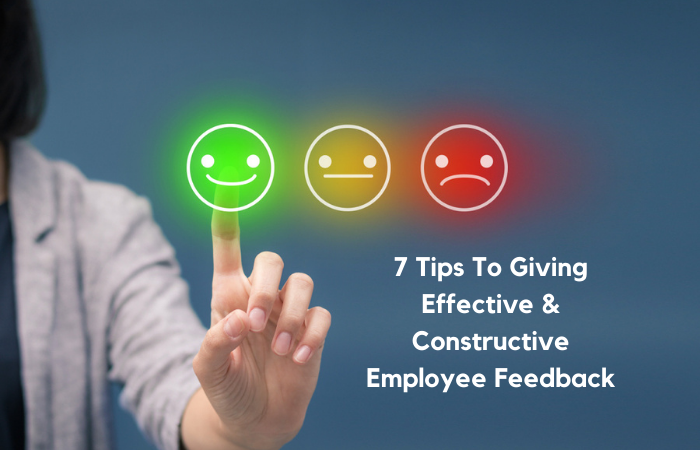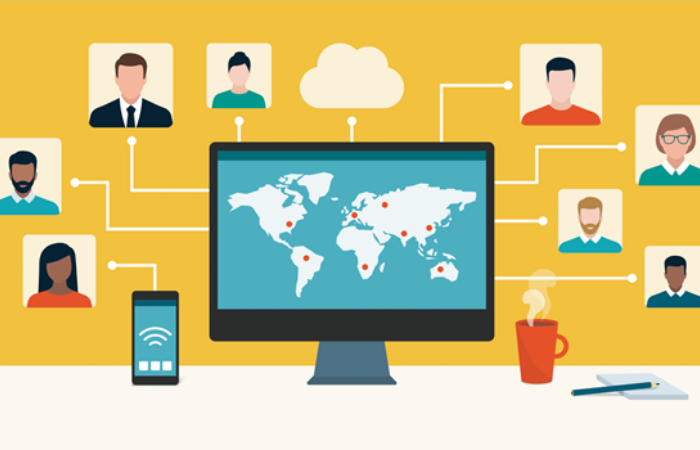Employee wellbeing has become one of the most important topics of discussion for company leaders in the current pandemic scenario.
Pre-covid, HR leaders debated the link between employee wellbeing and productivity with evidence suggesting employee well-being initiatives help improve productivity and thus work in the interest of companies in the long run.
Post covid, there is enough and more evidence to support the need for employee wellbeing initiatives irrespective of the departments and ranks across all organisations.
A Mckinsey & Company report showed that 62% of employees globally consider mental health issues to be a top challenge during the Covid-19 crisis, with higher reporting among diverse groups. It also shows that while 96% of companies globally provided additional mental health resources to employees, only one in six employees reported feeling supported.
Against the backdrop of the pandemic, we are faced with not only economic uncertainties but additional pressure of managing work & home, isolation, fast-changing technologies, health issues, etc. Companies are therefore asking what more can be done to improve employee wellbeing going forward.
Let us start with understanding what is Employee Wellbeing. Employee Wellbeing relates to all aspects of working life, from how the employees feel about their work, their mental and emotional state to physical health & fitness and the quality and safety of the work environment.
Here are 4 important aspects of employee wellbeing and what can you as a company do to prioritize wellbeing.
1. Physical wellbeing
Physical health has become even more important than ever. Apart from focusing on helping employees with gym memberships, healthy food options or even ergonomically fit workspaces, companies now need to also focus on providing a safe work environment. This includes some basic things like regular sanitization of the workplace, providing masks and sanitizers, safe distance desks, monitoring of temperature, etc.
Apart from these, it is very important to create awareness regarding wellness on the whole. Most often, good health and wellbeing are considered as employees’ personal prerogative. Not anymore!
It is now crucial to create an environment wherein people are rewarded for maintaining good health and the stigma associated with covid is broken.
Going forward, with work from home becoming the norm for many, companies can pay attention to assisting employees in creating a healthy workspace at home. In the long run, policies regarding the reduced length of online meetings, zoom call free days, compulsory breaks between online calls can be some initiatives companies can look at.
2. Mental wellbeing
Pandemic has had the most impact on the mental health of people across the globe. According to recent research, 42% of global employees have experienced a decline in mental health since the pandemic began. The numbers would have only increased since.
Before the pandemic, many companies had launched initiatives to improve workplace mental health given the growing concern regarding the work pressure and disturbed work-life balance. Those efforts and initiatives are even more crucial now. What we need now are scalable and sustainable systems that advocate a culture of mental wellbeing & health. Moreover, this initiative needs a top-down approach with leaders facilitating a workplace that helps employees manage work-related stress. HR leaders will need to shift focus towards building support systems for the diverse, dispersed teams to cope with the feeling of isolation and disengagement.
A recent McKinsey survey shows that only 30% of employees feel comfortable talking to their manager about their mental health.
Mental wellbeing starts when employees feel comfortable talking about issues related to psychological health as easily as they talk about other physiological health.
3. Digital wellbeing
In today’s age, when our lives are being ruled by technology, digital wellbeing is perhaps one of the most crucial aspects of employee wellbeing. Very often digital wellbeing is overlooked by employers. The latest trend of ‘always on’ employee, where the employees are expected to be always accessible and contactable is highly detrimental. It not only leaves no personal time for the employee but also leads to stress and related ailments like headaches and hypertension. Companies need to look at strategies that create a work-life balance and help employees use technology productively.
Setting guidelines for employees to switch off from their communication devices and gadgets can be a starting point, but it may not be enough. Companies should look at the use of new technology that is not too intrusive and more time-efficient.
4. Financial wellbeing
In these uncertain times, employees all over the globe are anxious about the economy and their job security. Distress due to financial insecurity can lead to reduced productivity at work. Organisations need to step in and help the employees during these testing times. Taking care of some of the medical expense and providing assistance in financial planning can be some ways in which companies can help ease the monetary stress.
Employee well-being requires a continuous commitment and focus. Creating an open culture where employees feel free to discuss their issues freely is a good starting point.







